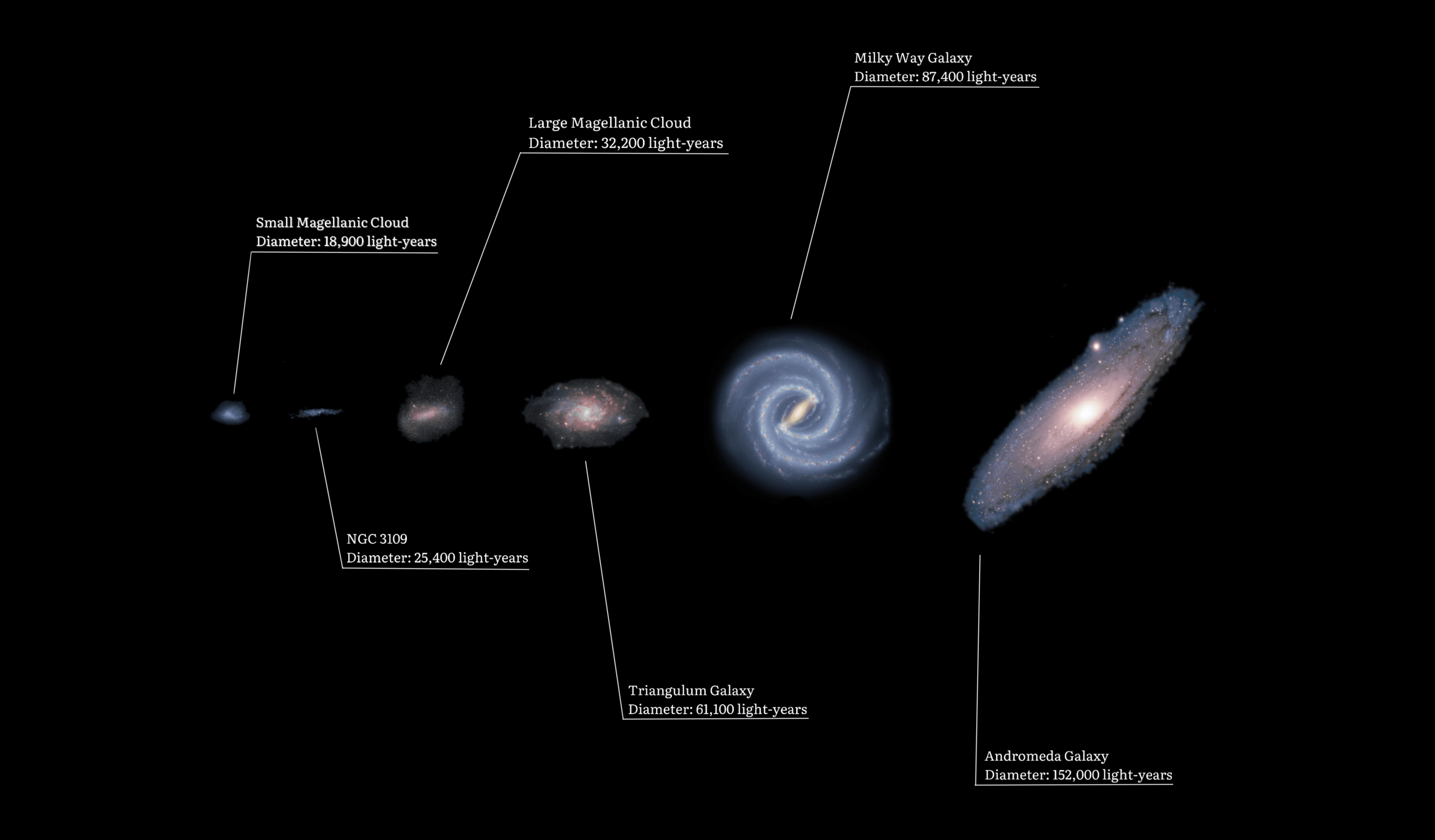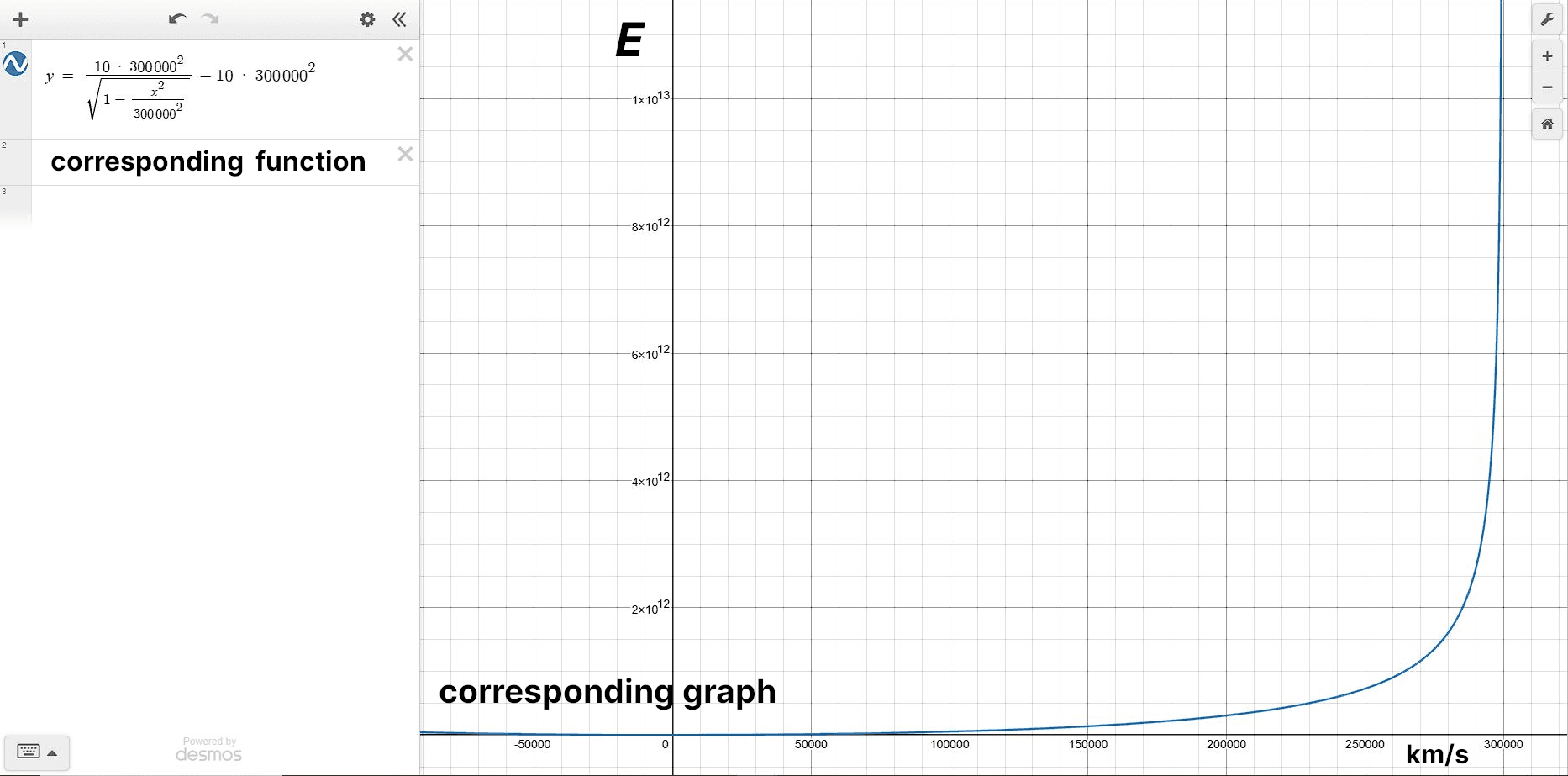Our Borders
Reading Time: minute
Audiobook: 4 minutes

Our whereabouts
To be able to grasp the meaning of our borders, we first have to find out where we are. Now obviously, if I just told you we could never leave structure xyz without explaining to you what that structure consists of, you wouldn't be able to understand what it means. So let's start small:
Earth is part of our solar system, which then again is part of our galaxy, the Milky Way. Together with the Triangulum Galaxy, the infamous Andromeda Galaxy and around 50 dwarf galaxies, our Milky Way is part of a so called 'local group'. Now what does that mean?
The local group
The local group a galaxy belongs to simply describes the cosmic structures - for example (dwarf) galaxies - a galaxy is bound to. Picture them like gigantic magnets attracting each others, slowly pulling towards each others. Contrarily to magnetic forces from magnets, the gravitational pull resulting from their mass and velocity makes them attract each others. Sooner or later, the galaxies from the local group are expected to merge into one. Besides our local group, there is other local groups, often referred to as 'clusters', for example the Virgo Cluster which is one of our cosmic neighbors.
Dark energy
Now, gravity is not a force that stops working at any specific distance. As Nikola Tesla once famously said in my single favorite quote:
“Though seemingly affected only by its immediate surrounding, the sphere of external influence extends to infinite distance.”. In other words, no matter how far away, after our local group and galaxies from other clusters merged into singular galaxies, they still attract the resulting galaxies from other clusters. Therefore, after time, they should still move towards each other, right?
Nnnnnoo... Why, you're asking? Well, technically they are, but it's... complicated. They certainly would reach each others, if the distances between the clusters would be static. However, due to dark energy, a force we do not yet fully understand, the expansion of the universe is accelerating. Because of this, the universe is slowly being spread apart, increasing distances between clusters.
The expansion of the Universe
This would make it a bit harder for us to reach other clusters since we would essentially have to chase them as they are moving away from us, but I have bad news once again. Humans, and everything that has a mass for that matter, are incapable of moving faster than the speed of light. This is due to the laws of special relativity and has been described by Einstein in the following equation:
whereas is the object's mass in movement and is the object's mass at rest. Due to the increase of an object's mass when in motion, an object that is travelling at the speed of light would be incomprehensibly heavy, requiring an infinite amount of energy.

As you can see in the graph above, as the speed of our object gets closer to the speed of light, which is , the necessary energy to move this object approaches infinity. Because of this interweavement of mass, energy and velocity, it's practically impossible to move faster than light.
Since space is a void without mass however, it can move faster than light, which is why the universe will soon be able to expand faster than the speed of light whereas we are unable to follow, cutting our local group off from the entire universe forever. Since light itself is a particle and is, to no ones surprise, bound to the speed of light, it too won't be able to catch up with the accelerating expansion of the universe, meaning we won't be able to see anything outside of our local group and no observer from outside will be able to see our local group. This is because the light from and to our local group is travelling within the void of space between observers and us that is growing faster than light can travel, rendering it incapable of arriving.
This might indeed sound very depressing, but not only is it a long time to go until we reach this point but the local group itself is bigger than anything a human could ever explore in their lifetime, so it's much more of a theoretical than a practical letdown.
Additional Resources
- This StackExchange thread I found does a good job at explaining the concept of relativistic mass in special relativity
- As always, Kurzgesagt has created a video explaining our borders similarly. Make sure to check it out if you want to learn more!